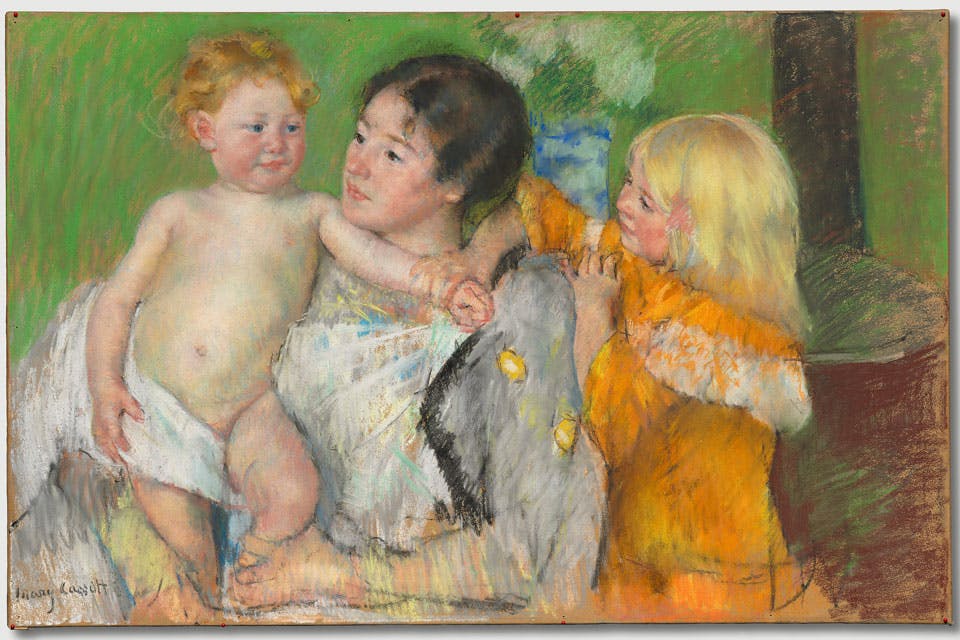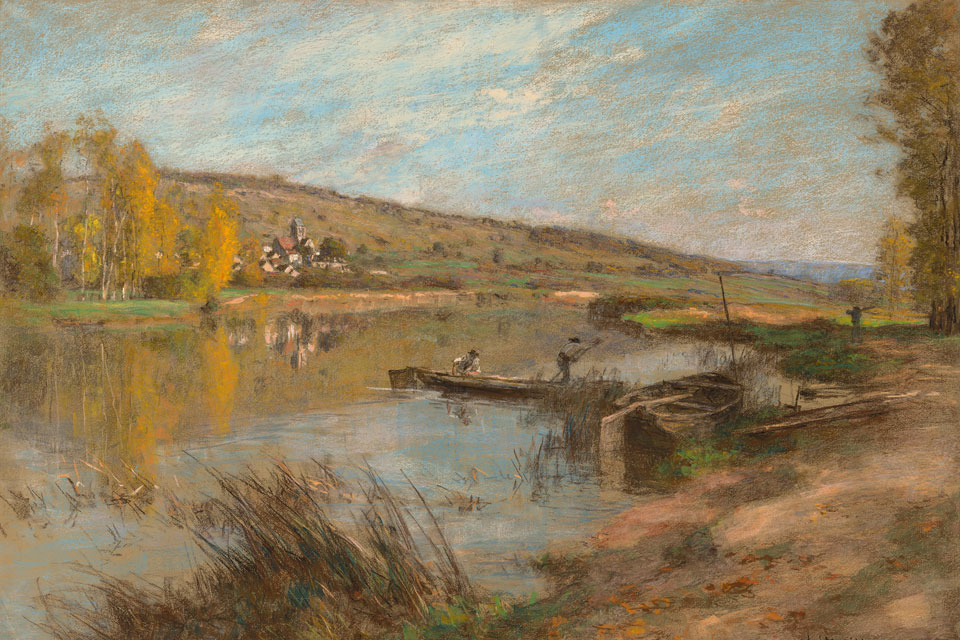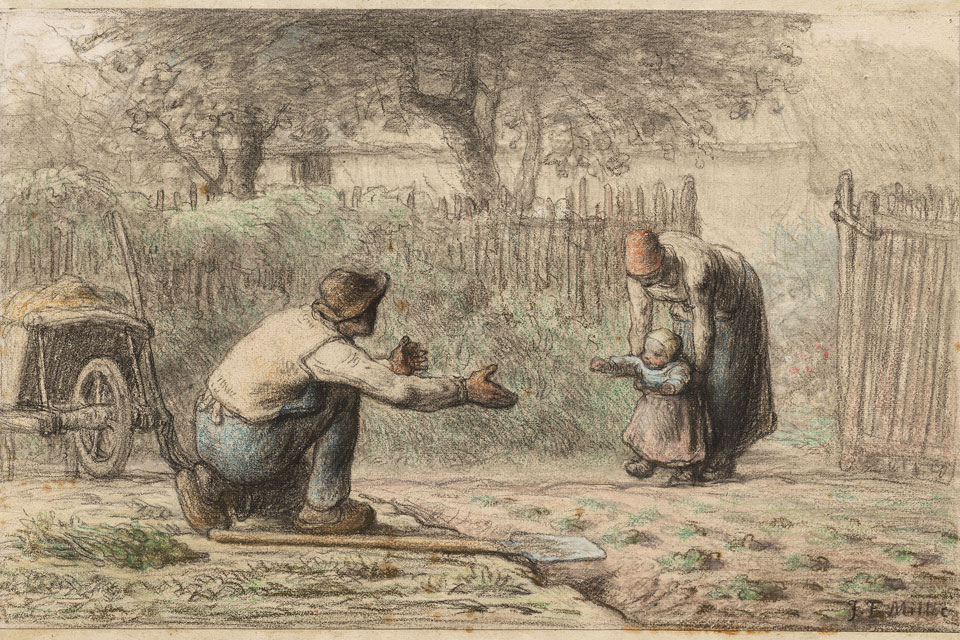Arts
Living Color
The Cleveland Museum of Art features 30 works from its collection that show how artists ranging from Edgar Degas to Mary Cassatt embraced pastels.
Related Articles

Summer Fun in Ohio: 22 Ways to Enjoy June
Grab a ticket to a summer concert from the Dave Matthews Band, explore southern Ohio heritage at Ohio Valley Frontier Days, check the Ashland Balloon Festival and more. READ MORE >>

Spend a Rainy Summer Day at These 4 Ohio Museum Exhibitions
When the clouds roll in and the drops start to fall, make plans to visit one of these kid-friendly museum exhibitions that are all here for a limited summer run.
READ MORE >>

See “Botanical Fantastical” at Pyramid Hill Sculpture Park & Museum
Experience this nature-focused art exhibition on display at this Butler County attraction’s Gallery Museum at Pyramid Hill through July 27. READ MORE >>





